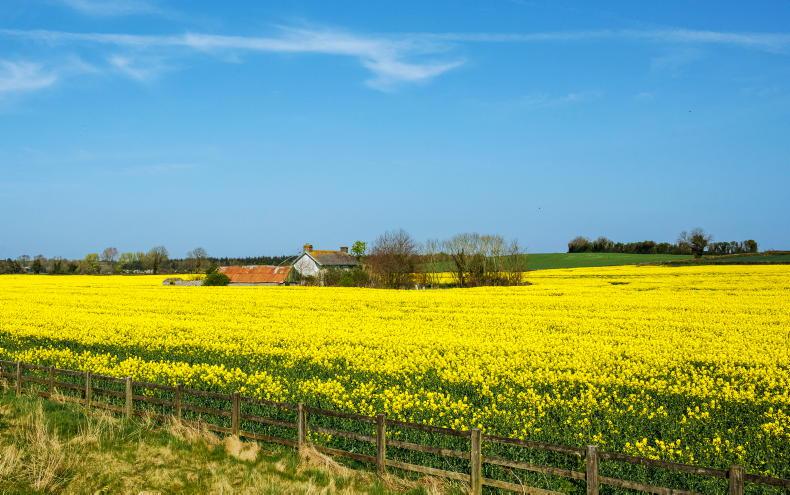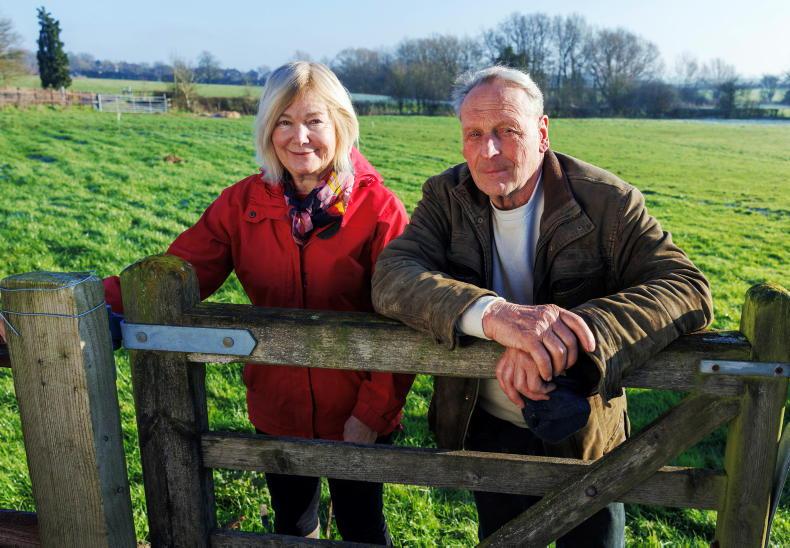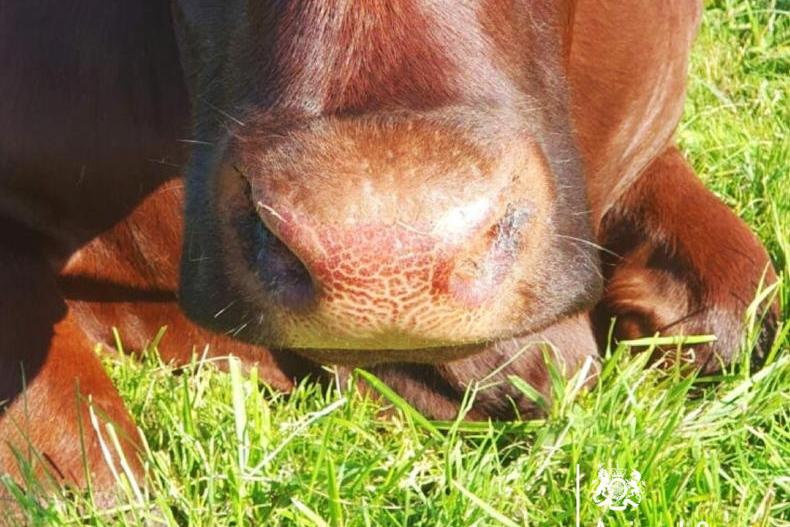You know the year is moving on when the area aid form and maps arrive.
Ours came at the end of last week – we are just getting used to the Basic Income Support for Sustainability Scheme (BISS) format when we are being bombarded with leaks and rumours of the next CAP reform process. The new policy is due to start in 2027.
While some will criticise the Department of Agriculture for the complexity of the present scheme with its frontloading and annual incremental pilgrimage towards full convergence, as well as its space for nature allocation, pretty well all the calculations are done.
We really have to just fill in the use that every plot and field is being put to and make sure that every box is ticked. This is especially in the case of tillage where we need to let the administration know if we are going to use the straw incorporation scheme and if we have a crop that will qualify for the protein aid.
Mention of the protein aid reminds me that the newly sown and rolled beans need rain. They are now sown over a fortnight and while there is the odd shoot just about visible, there is no way we can see lines of emerging plants.
There are signs of crows and pigeons on the fields, not in great numbers, but I find it impossible to tell whether they are doing real damage or not. The sooner the crop establishes itself the more resistant it will be to bird damage and the more its yield potential will be safeguarded.
The rest of the crops look fine with the oilseed rape just coming into full flower.
The cereals, wheat, barley and oats have all got nitrogen and growth regulator and despite the dry weather have visibly responded to the top dressing.
We were advised to spray the winter wheat for rust, the first time in quite a while that we have had to take specific action for rust. While the variety is getting the blame I suspect part of the problem has been lack of moisture.
On the cattle side, grass this spring has really shown the differences between the very old permanent grass swards and the new reseeds. The new reseeds of white clover and perennial ryegrass have recovered after the first round of grazing much more quickly.
Over the years, the old pasture has become weed-infested with long intervals between grazings. I had resisted the urge to burn off, disc and reseed but the final persuading factor was the clear evidence that the cattle had much better weight gain through the summer period on the new reseeds.
There wasn’t that much to choose up to mid to late May but after that, the 16- to 18-month dairy-bred steers did very badly on the old sward but continued to gain well on the reseed.
Having made the decision, we will be guided by weather conditions when we actually do the job.










SHARING OPTIONS